Whichever country you live in -
Quote: "Nature underpins everything, but we stand at a moment in history when nature needs us to defend it. Without nature there is no economy, no food, no health and no society. We human beings are not merely observers of nature, we are an integral part of it, and our future depends on protecting it. "
(* Written by the British Shadow Environment Minister - shortly, one hopes, to become the actual Minister in charge.)
Gardening Corner : Tiny Places For Tiny Animals
Building The Microhabitats That Bugs Need To Thrive
I’m going to talk about mostly bees in this edition of the newsletter. First of all here is a rather good, brief, article about looking after all of the important insects, including bees, that (would like to) live in our gardens if only we can provide for their needs.
https://xerces.org/blog/tiny-places-for-tiny-animals-building-microhabitats-that-bugs-need-to-thrive
(Quote): Any of us with even a tiny postage stamp of a yard — or just a deck or balcony — can create a vital part of the habitat bugs need to flourish. And if each of us — you, your neighbour, your friend down the block — takes a step, that adds up to a lot.
Nature-loving Kids in School
Last week I sang the praises of a class of nine year olds at a local school with whom I had been asked to chat on the subject of the pollinator garden they will be creating this year at the school. Great youngsters who were really interested and asked lots of really sensible questions. On Monday I repeated the exercise with a second class who entirely lived up to the standard set earlier.
I was surprised to have enjoyed this encounter with small people quite as much as I did - bright and intelligent, every one.
Now - Bees
We have Mining Bees in the garden … Genus Andrena. Probably Dunning’s MB but could also be one of several similar species such Carlin’s MB and the Neighbourly MB. In fact they are so similar and they live in the same habitat and emerge at the same time of year that we might have all three … or more. Certainly there are two sizes of bee here and I am reasonably sure that the larger ones are Dunning’s MBs. - the small ones, well they may just be the males.
As I was looking at the Mining Bees a large, fat Bumble Bee settled on a flower right beside me. the default assumption is that it was an Eastern Bumble Bee, as they are by far the commonest around here, but I am putting my neck out and suggesting it might be a Two-spotted Bumble Bee. My friends at iNaturalist seem to agree.
Here they are - and then some more information.

One thing they all have in common is that the eggs from which the adults emerge are laid in holes in the ground - holes, in fact just like this one. None of these native bees are colony-forming species like the Honey, or Hive Bee which are not native anyway.
The genus Andrena has at least 1500 distinct species around the world - or not so distinct if you are kneeling beside the holes from which they emerge trying to get photographs. They are all ground nesting, solitary bees, with a preference for sandy soils. Despite being ‘solitary’, some species nest communally or in aggregations. After mating, each female bee digs a burrow, collects pollen for the larvae to eat and places them in cells lined with a shiny, waterproof secretion. Larvae do not spin a cocoon and they overwinter in the holes as adults. Typically there is just one generation per year and the adults are only active for a few weeks so most of their life is spent underground. Andrenanests are attacked by many other insects including brood parasitic bees, blister beetles and various parasitic flies. For all that there are plenty of them in our garden where they have chosen to nest in holes in the clay/loam/sand bank on the side of a garden pond artificial waterfall.
Some species of Andrena feed on several different flowers, while others are very specific about what flowers they visit. Almost all solitary bees are oligolectic, meaning that rely on very specific plants to feed on. This makes them vulnerable to (local) extinction, as if the plant that they prefer becomes unavailable, they cannot feed on any other plant and may die off.
As the article that I linked to at the beginning of this edition says, we can help these insects by making sure they have somewhere in our gardens in which to nest. Create a microhabitat - easy to do. You will find some good information about how you can do this by following this link …
https://xerces.org/blog/clear-space-for-bees-why-pollinators-in-your-yard-need-access-to-bare-ground
(QUOTE) If you’d like to support ground nesting bees in your yard, it’s easy! The first step is to clear away dense vegetation from a sunny, well-drained area. If possible, select a spot on an open, south-facing slope. The sunlight helps the bees warm up and start their day, and keeps the soil from staying muddy after rains. These bare patches don’t actually need to be completely cleared. Bugs just need to be able to get to the soil easily. Leaving some plants to prevent erosion is a good idea. Try using native flowering plants and grasses or sedges that grow in clumps or bunches. These plants are useful since they grow with a space around the plant where bees can access bare soil.
Once you’ve built your bare ground habitat, don’t turn or till the soil in the area. Bees need the soil to remain stable; baby bees spend up to eleven months of the year underground!
Close Encounters with Honey Bees
Honey Bees (Apis mellifera), while not native, are these days rather essential if we’re going to have honey to put on our toast at breakfast time. On the other hand, too many honeybees can put quite a high competitive pressure on our native bees just trying to make an honest living.
Twenty-six years ago, before we left Britain for Canada, I had some bee hives in the garden and collected lots of honey from them. It was really interesting and the honey tasted pretty good too. The only times I was ever stung was when I was careless in manipulating the hive, which in human terms would be like having the roof lifted off your house so someone could rummage in your pantry - you’d get annoyed too. Even then, the stings came because of gaps in my bee suit and veil and were my fault (mostly). Generally, though, the bees did their thing while we did ours and we didn’t bother each other at all. We had a ginger cat at the time, name of Stanley. Like most ginger cats he was a bit dimmer than most of his species, and he loved to go and sit in the sunshine on the roof of one of the hives and dangle his paws cross the entrance as he watched the bees come and go. To the best of my knowledge he was never once stung.
** I have placed a link at the very end to an article offering help to beginner bee keepers should you ever be fascinated - as I once was - by the craft
Stands the Church clock at ten to three?
And is there honey still for tea?
Rupert Brooke 1912 - The Old Vicarage, Granchester
On Being Stung
The children in that class, vide supra, were once more eager to know all about stinging and especially how many times I had been stung. I suspect that they, and you too, would enjoy this article …
https://theconversation.com/most-bees-dont-die-after-stinging-and-other-surprising-bee-facts-227162
So, if the majority of bees can sting, why is it always the European honey bee having a go? Well, first, the European honey bee is very abundant across much of the world. Their colonies typically have around 50,000 individuals and they can fly 10km to forage. In comparison, most wild bees only forage very short distances (less than 200m) and must stay close to their nest. Second, European honey bees are social. They will literally die to protect their mother, sisters and brothers. In contrast, the vast majority of bees (and wasps) are actually solitary (single mums doing it for themselves) and lack the altruistic aggression of their social relatives.
Bee Rustling Bandits
The foundational story of the modern American West is full with tales of animals slaughtered or plundered: bison gunned down by the million, wolves cast out, horses purloined, cattle rustled. Today, a rather different flavour of animal crime has appeared — the theft of bees.
https://www.noemamag.com/the-rise-of-the-bee-bandits/

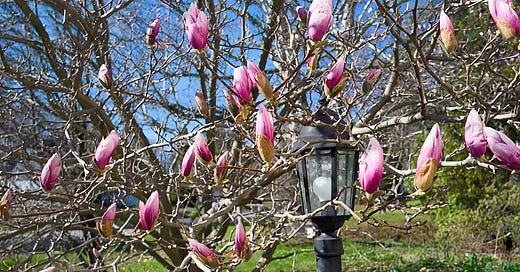



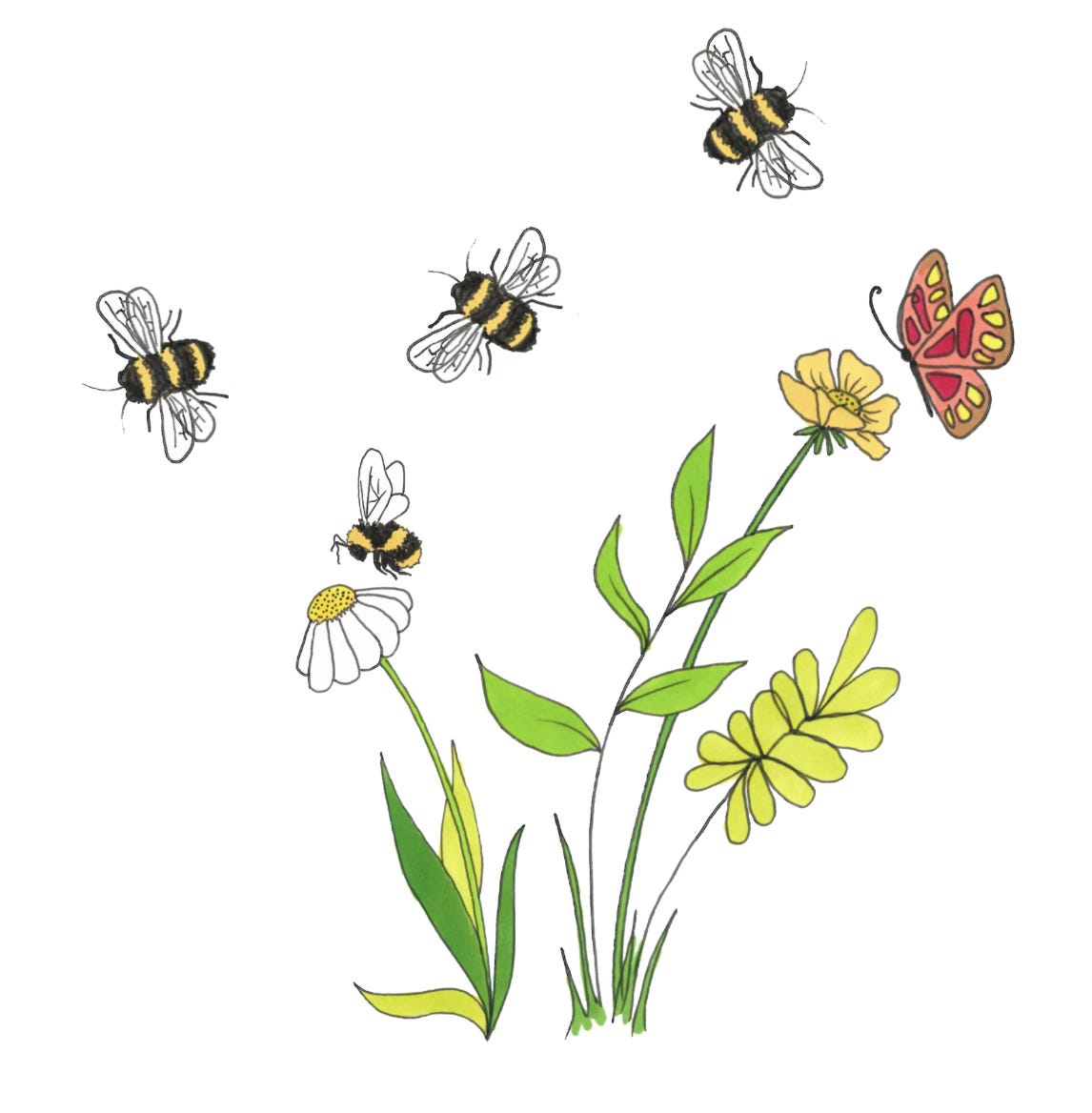
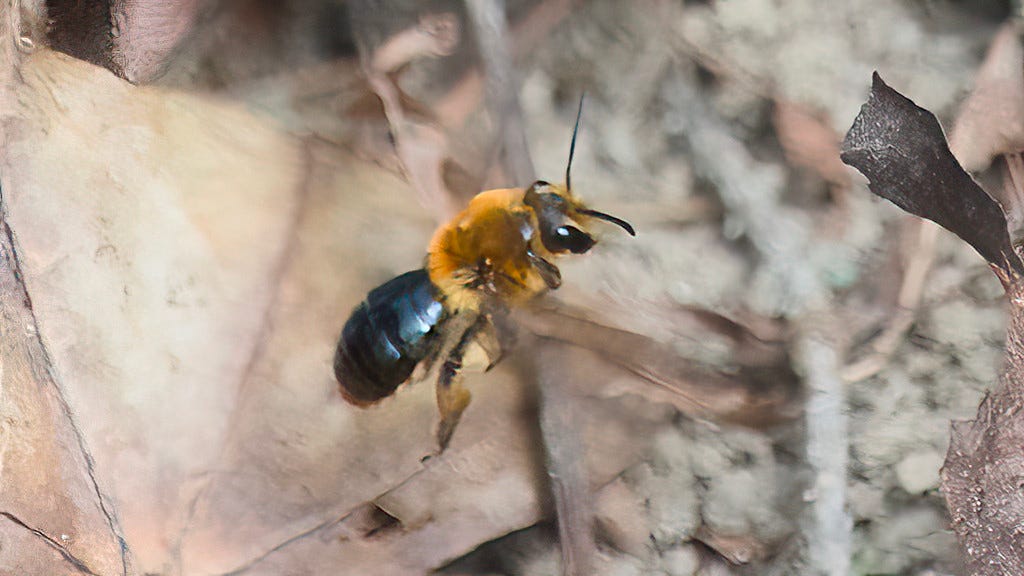
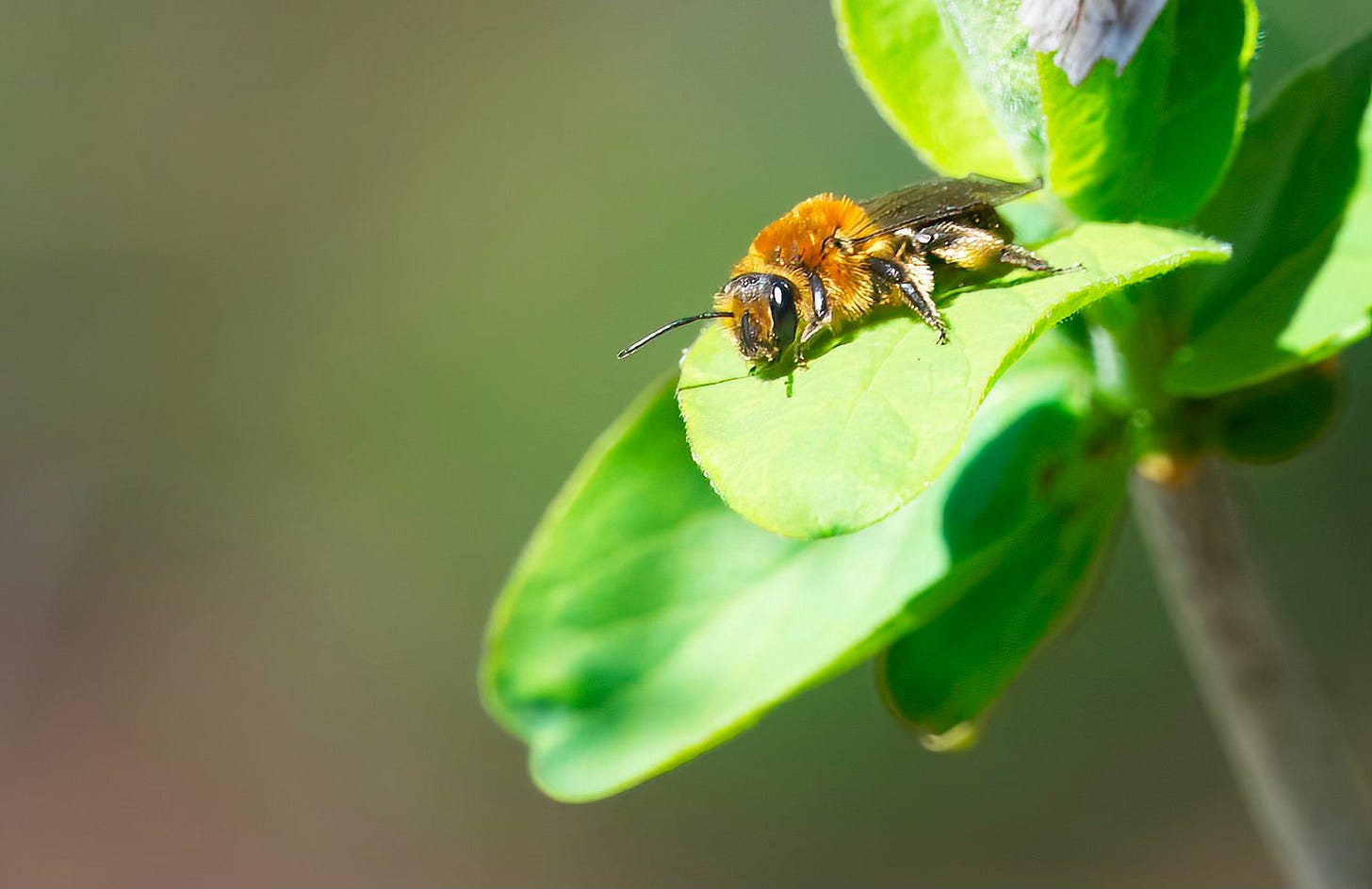
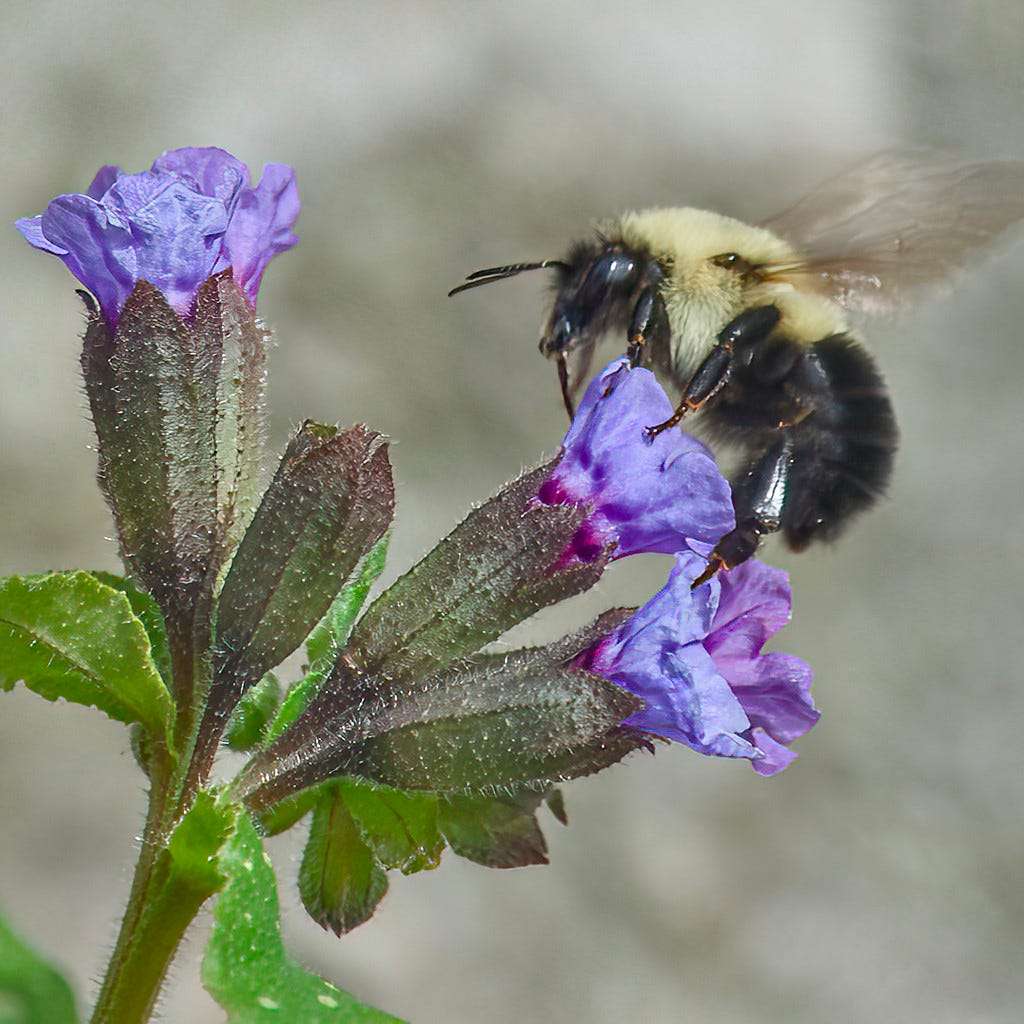

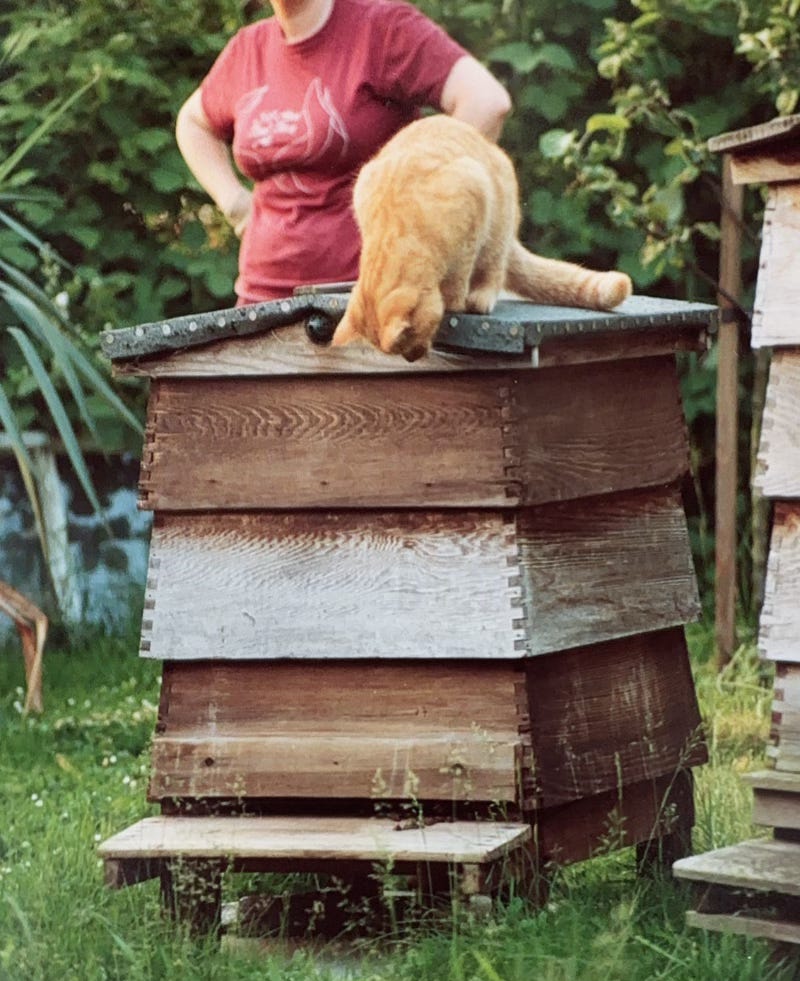


Oh! Thank you for linking over to my story with tips for beginner beekeepers. I hope it's useful to people considering keeping honey bees.
This is a wonderful article. We have a lot of these holes in the ground in our gardens (mostly because we have a lot of weird sandy-ish soil), but I never knew they could be solitary bee nests. This makes me happier than what I previously imagined they might be, which was some sort of home to an unpleasant creepy-crawly pest.
As a certified bee lover, bee encourager and host to many presumsbly happy solitary bees in my backyard bird (and bee) sanctusry-I loved this article!. Between Walter T. with his ants and you with the bees, it's wonderful to have such expert info!